Quality control lapses in Spirit AeroSystems were the subject of an existing lawsuit, now under new scrutiny, following Alaska Flight 1282.
The investigation into the circumstances around Alaska Airlines Flight 1282 still has some way to go. And as of this writing, 737 MAX-9s with the same configuration as the accident aircraft remain grounded, causing thousands of cancellations for Alaska and United Airlines.
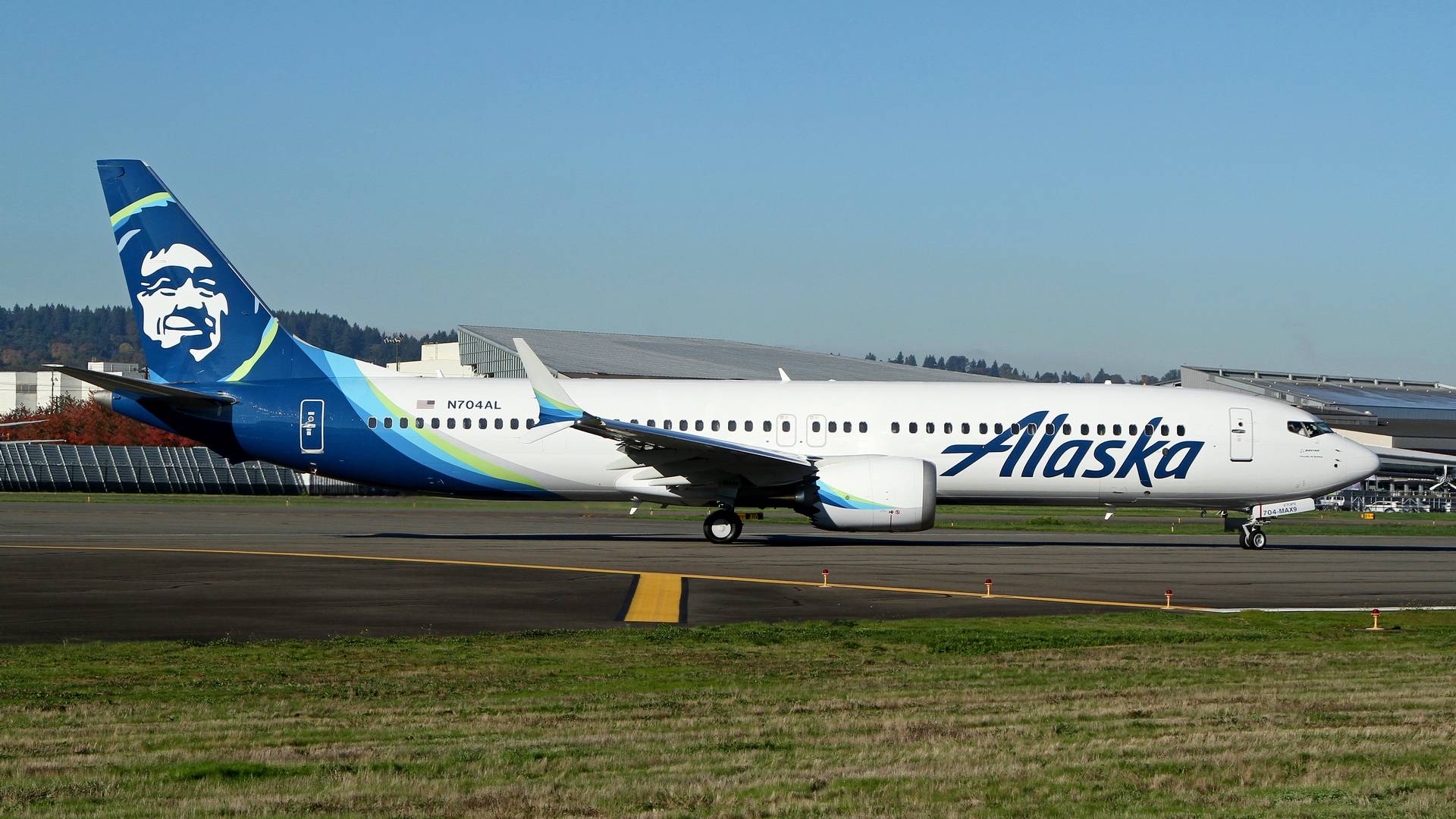
Naturally, the accident brought new attention to the quality control processes of Boeing and Spirit AeroSystems. The FAA announced this week that it is launching a formal investigation, aiming to determine if Boeing’s 737 MAX-9 is “…in a condition for safe operation”.
Spirit is a tier-one supplier for Boeing and makes the entire fuselage of the 737 family. This includes the mid-cabin doors or door plugs, for the 737 MAX-9. Ultimately, the safety of Boeing’s aircraft rests with the manufacturer itself.
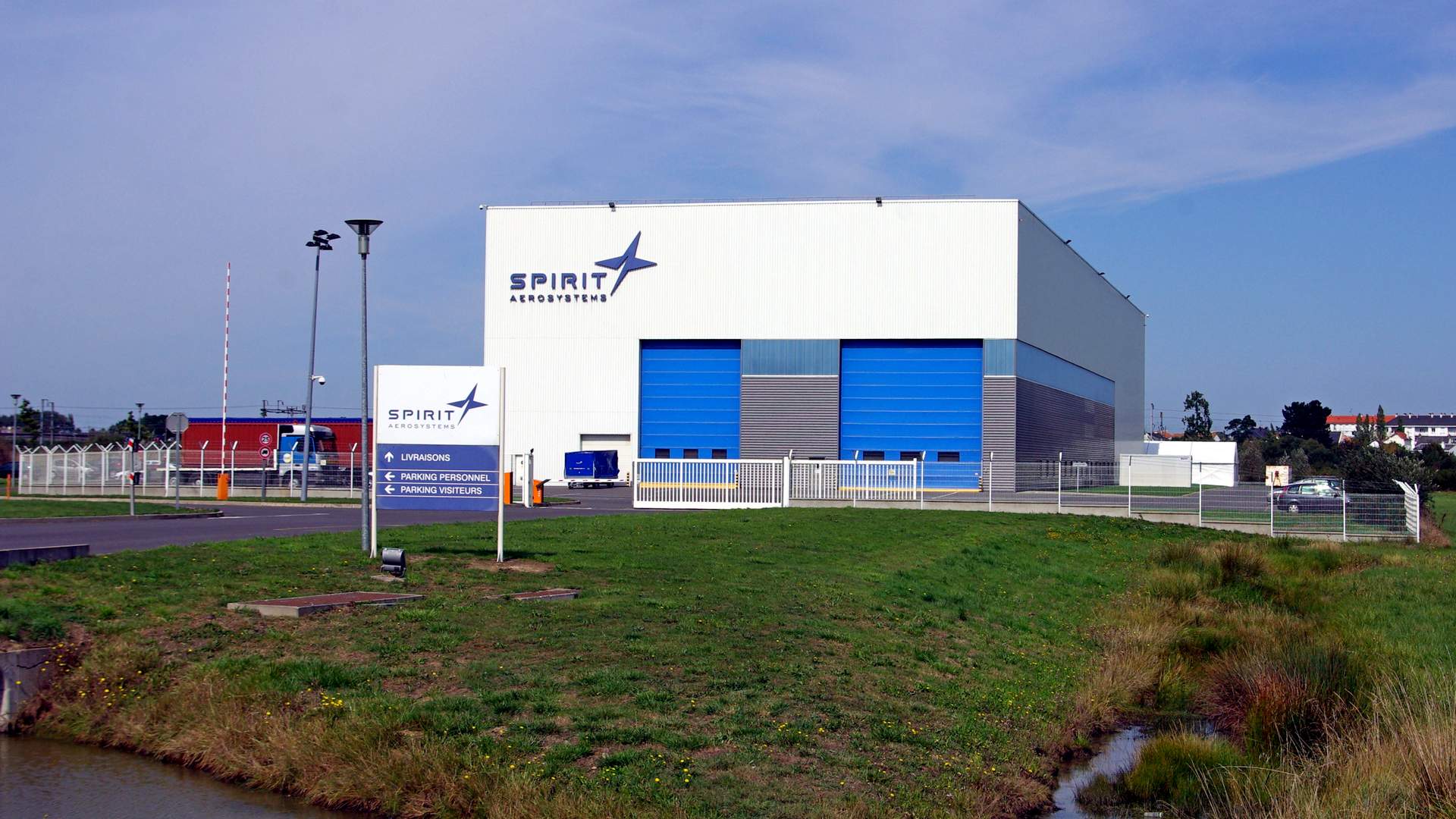
Spirit AeroSystems Quality Control and a Class Action Suit
However, the way the quality control processes of Boeing and Spirit work with each other is also under scrutiny. And this led some reporters to a very recent class-action suit against Spirit AeroSystems, filed on the 19th of December last year.
This class action suit was filed by investors who bought Spirit stock and believe that they were misled by Spirit’s representatives, regarding key operations in the company. The class action suit (that you can see HERE) alleges that Spirit AeroSystems’ management knew of at least one of last year’s 737 quality control lapses: the tailfin bolts and mis-drilled rear pressure bulkhead holes.
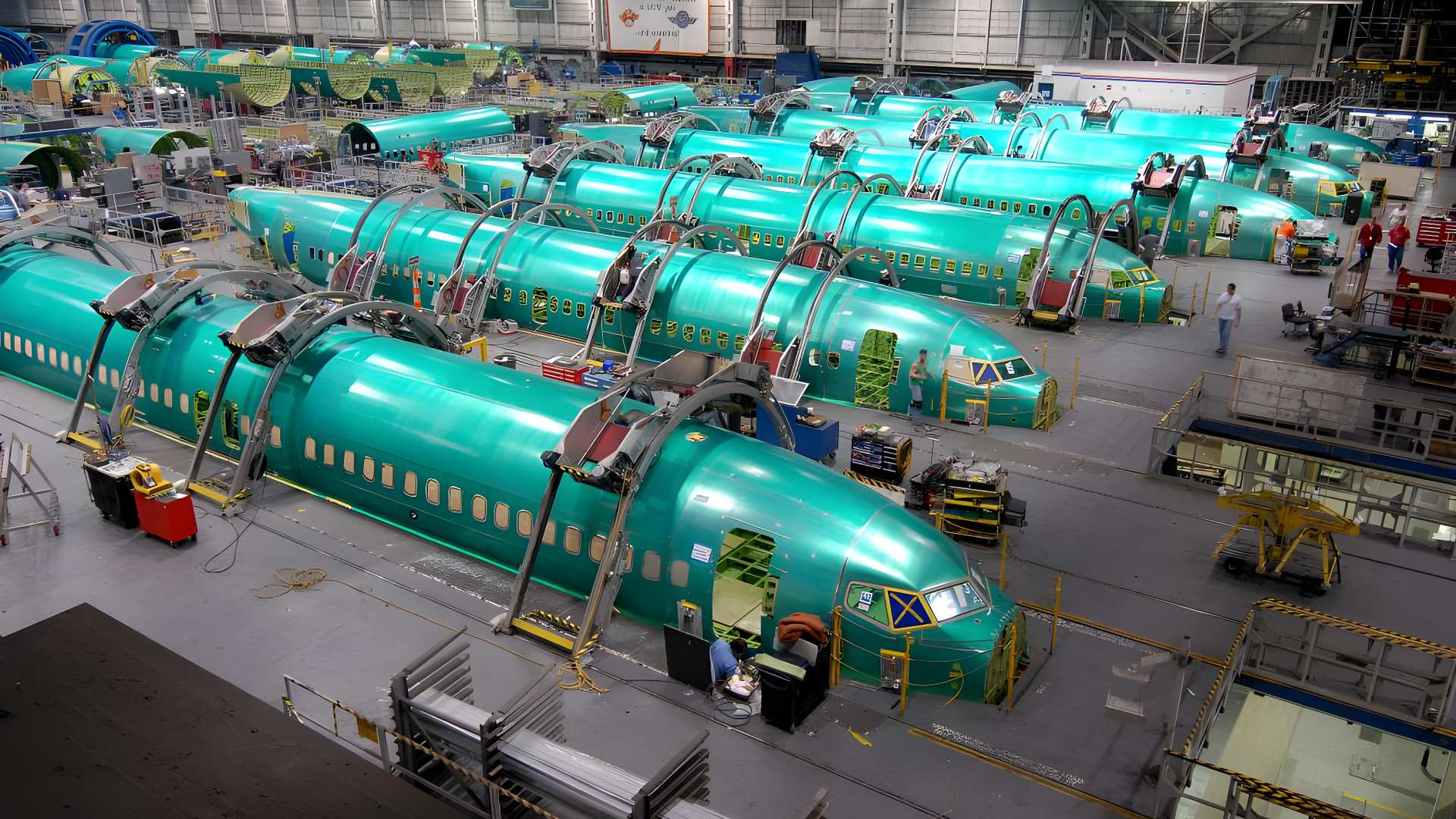
According to the suit, Spirit didn’t just keep these quality control lapses secret from its investors. It also didn’t inform Boeing about them. Joshua Dean, a Spirit mechanical engineer who worked in a quality control position, raised the alarm about those mis-drilled holes in October 2022.
Boeing didn’t learn about this until its own engineers discovered it around August 2023 – 10 months later. Dean reported the issue on multiple occasions to his superiors, identifying the causes of the misalignment that led to the mis-drilled holes. Again, all this is according to the class action suit.
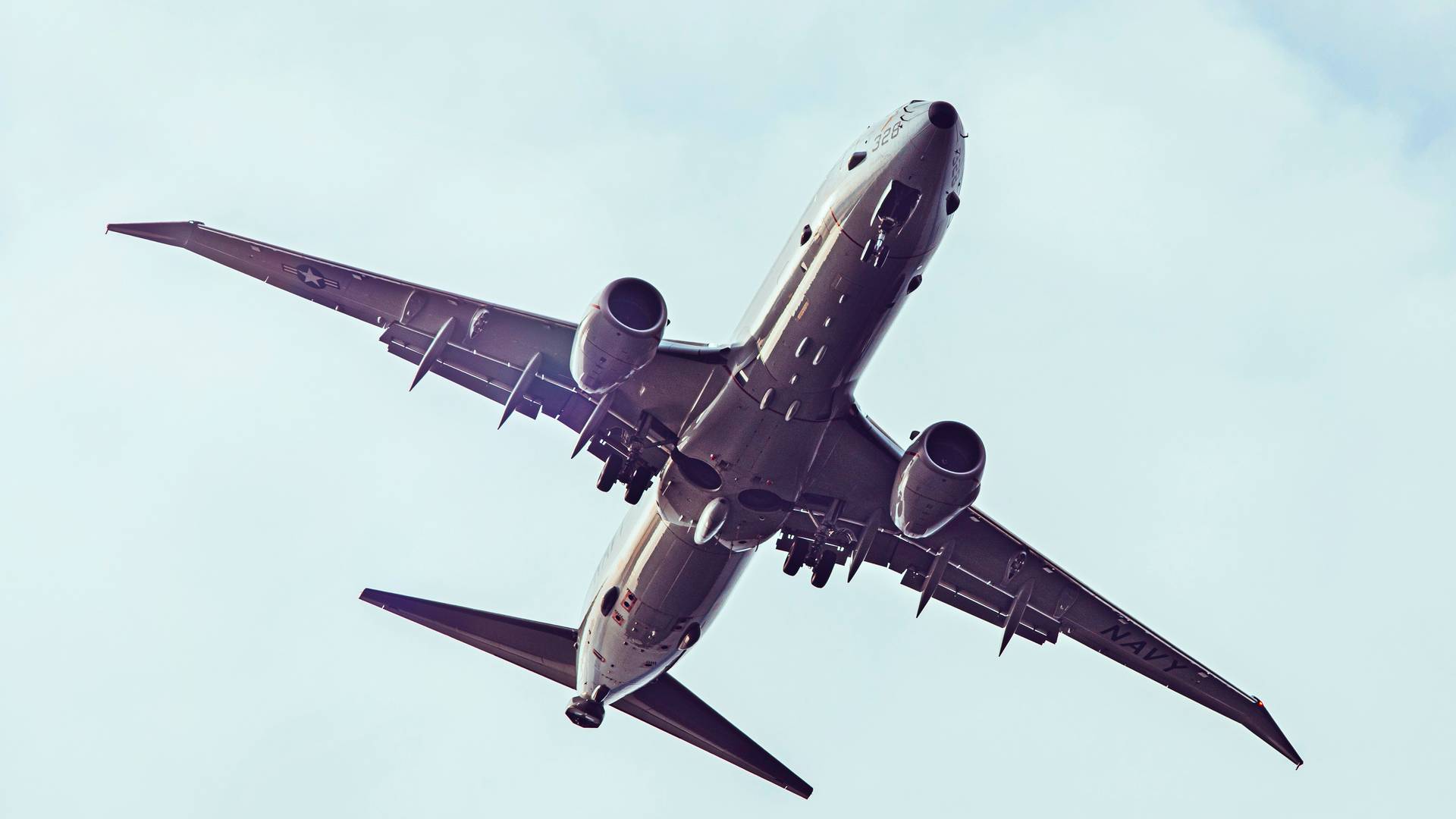
Spirit eventually fired Dean in April 2023. He felt that the company made him the scapegoat for the tailfin bolt issue, which he hadn’t discovered. Dean alleges that Boeing discovered the rear pressure bulkhead issue while working on the defective tailfin bolts, since the two are very close to each other.
More Problems
Other Spirit employees in quality control positions found more issues, including forgotten tools, metal shavings, rags, and rivets, in parts that were about to be shipped out to Boeing. Critically, the suit alleges that Spirit’s management knew about these issues.

In an interview in September 2023, Tom Gentile III, CEO of Spirit AeroSystems at the time, admitted to knowing about the mis-drilled bulkhead hole problem before Boeing discovered it. The company’s board replaced Gentile as CEO three weeks later.
This class action suit paints a picture of Spirit putting delivery schedules ahead of quality control, and of a workforce that was asked to work more, while key experienced workers retired or went to work elsewhere.
And while the class action suit states that Boeing was a demanding customer, Boeing identified a rise in defects and was very unhappy about it. Boeing posed financial penalties on Spirit, which related directly to these defects.
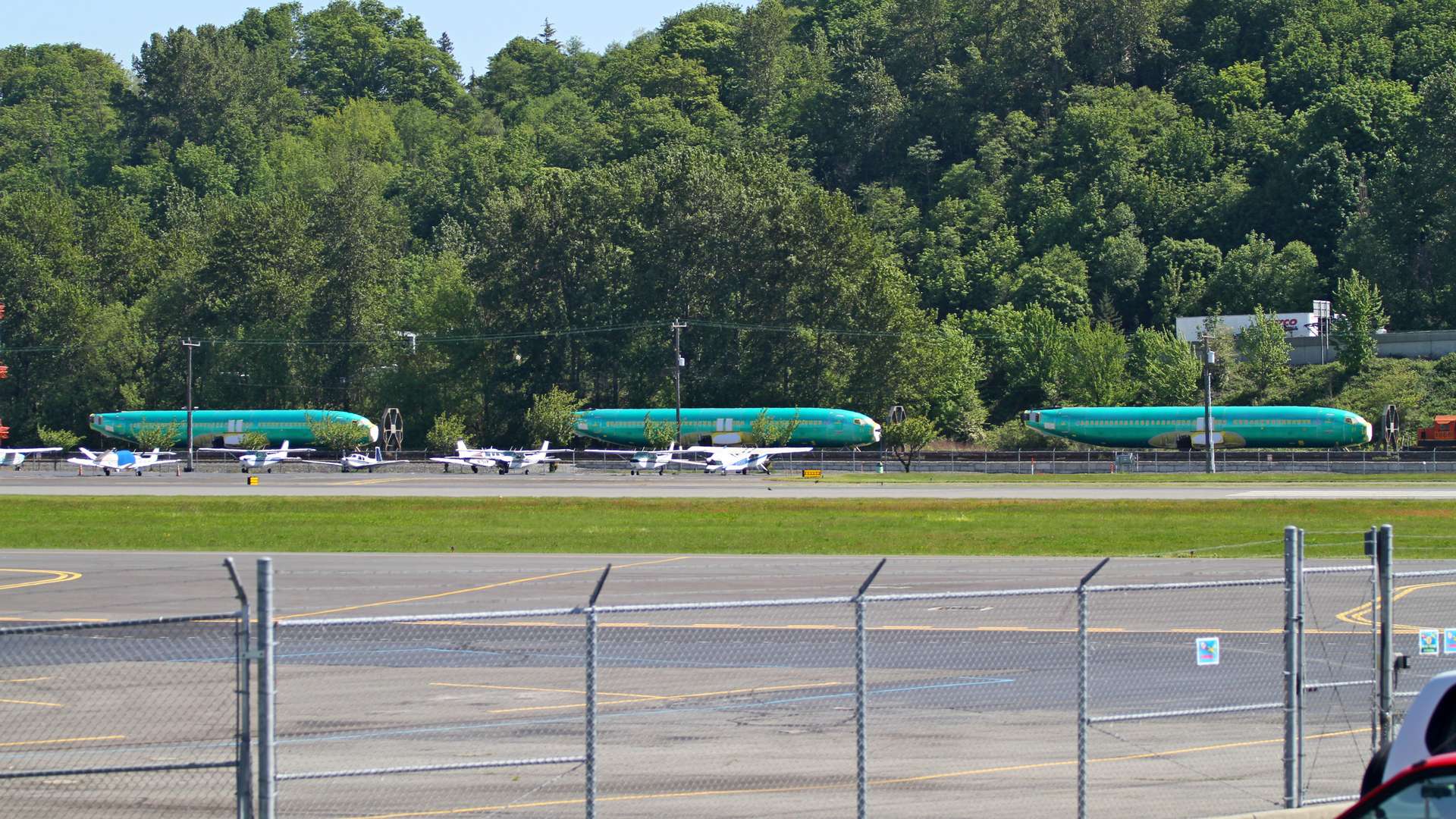
FAA Examines Boeing & Spirit Quality Control Processes
As we’ve seen, Spirit’s core activities (and its main site in Wichita) used to be part of Boeing. And despite efforts to branch out to other activities, Boeing still represents 60-65% (depending on which metric we use) of Spirit’s net revenues, as of 2022.
We don’t know if any of these Spirit quality control issues directly relate to the latest 737 MAX-9 debacle. The latest from the FAA, on Friday the 12th of January, is that it is increasing oversight of Boeing’s production and manufacturing.
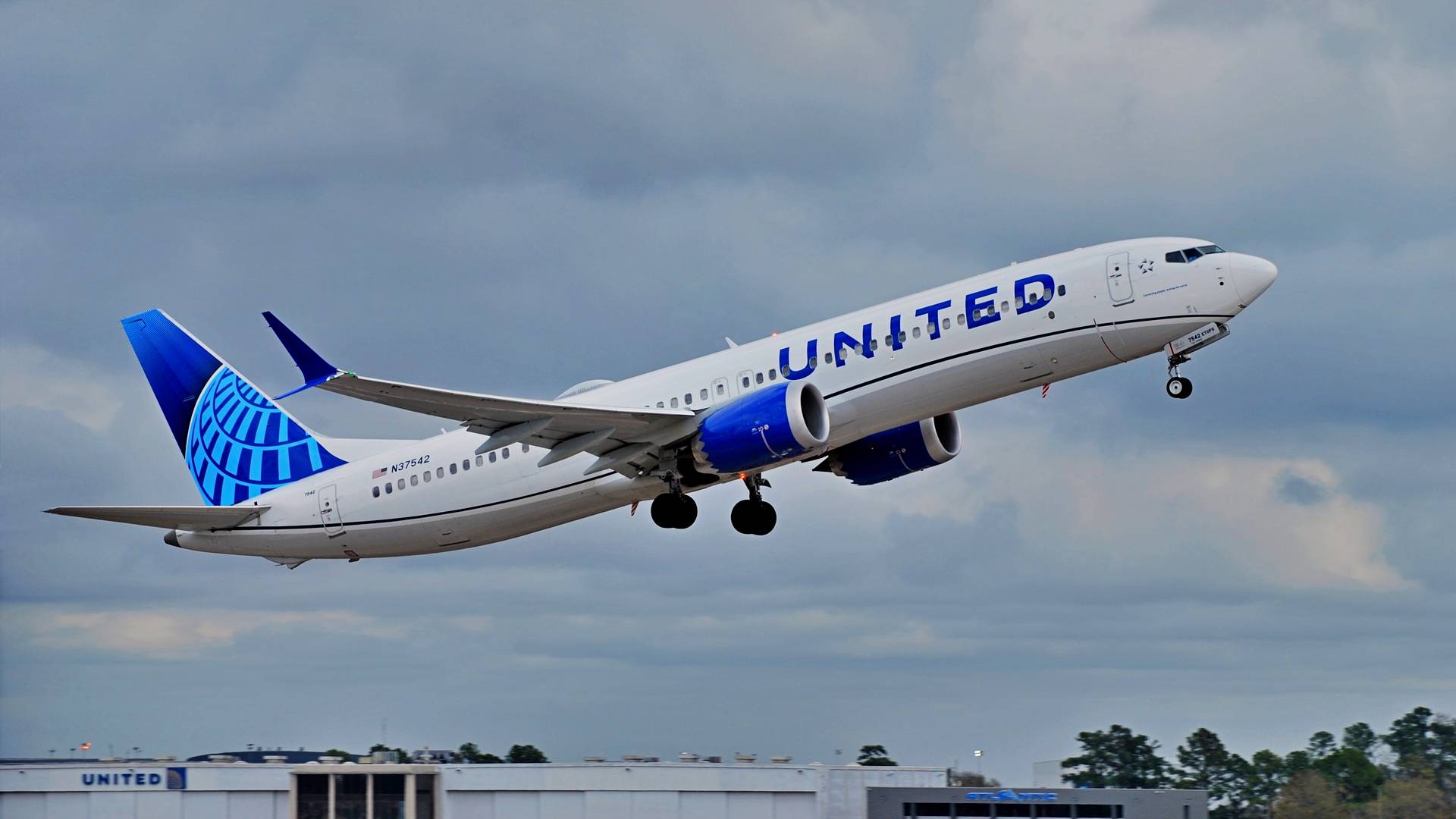
This process will include an audit involving the 737-9 production line, “and its suppliers”. Boeing has to comply with several quality procedures, and this audit analysis will determine if more audits are necessary. The FAA will also monitor more closely any issues of the in-service 737 MAX-9 fleet, and re-assess any authorities it has delegated to Boeing, regarding quality oversight.
FAA Administrator Mike Whitaker has stated that the Alaska 737 MAX-9 blowout was a manufacturing issue, not a design problem. This suggests that many of the witnesses whose names appear in the Spirit class action suit could soon be talking to the FAA, as the agency tries to understand the quality control processes around Boeing aircraft.




5 comments
Joe S
The Boeing team assigned to ( Project manage) the Spirit work & the weekly,if any BOEING SOURCE INSPECTION TEAMS, FAILED MISERABLY. Spirit is at fault from the Top down to the Spirit team tasked from Process Engineering to the Project/Program management team. To drill holes in the wrong place and totally miss the gross error is a fault of both companies. Both companies should be required to show physically to the FAA & any other agencies establishment of a joint task force of both companies with Boeing personnel on-site to inspect each & every phase of any work performed by Spirit. It would be smart for Boeing to purchase Spirit Aero.
In my opinion, A new model should be added to the line, future buyers of the plane can purchase plane wit or wit-out the extra door, just like the choice you have for cheese whiz or no cheez- wiz on an authentic Philly Cheese Steak.
I’m available to correct all the errors by Spirit & Boeing. They can contact me.
prajwal
woooooooiiooow
[email protected]
Would the plug have been opened or removed for painting?
geoffrey nicholson
In the Alaska accident(NTSB definition) I wonder whether it has yet been established that Boeing/Spirit were the last outfit to install/re-install/inspect the plug door and that Alaska did not remove it to facilitate access for installation of seats or other equipment prior to the aircraft entering service?
Gamaliel Tanan
This is a brand new aircraft, so seat installation would have been done at Boeing by Boeing.